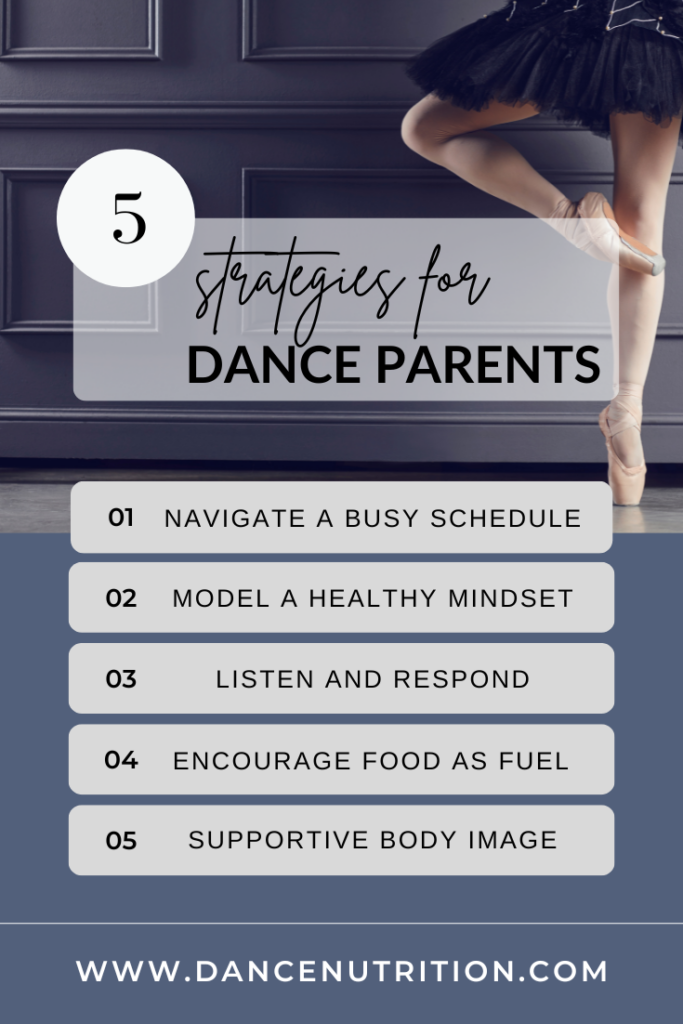When it comes to raising a young dancer, no one understands the journey quite like the parents who are living it. I interviewed three incredible dance parents from around the world who generously shared their honest experiences— the struggles, the wins, and everything in between.
Their insights offer valuable lessons for any parent supporting a dancer.
Meet the Dance Parents
- Hilary from Dublin, Ireland. Hilary’s daughter started ballet at 12 and now trains abroad due to limited options in Ireland.
- Aslı from Istanbul, Turkey. Aslı’s daughter is 14 and trains about 18 hours per week.
- Abraham from the United States. Abraham’s daughter dances 20-25 hours per week, balancing rigorous training with teaching and school responsibilities.
The Biggest Challenges Dance Parents Face
#1: Navigating Uncertainty and Pressure
Hilary: Finding the right guidance was difficult. I made the tough decision to take my dancer out of school to pursue ballet full-time— a choice that’s often frowned upon here, but my daughter couldn’t cope with school, homework, studies, and ballet.
#2: Coping with Injuries
Aslı: Injuries have been the hardest part, both physically and emotionally.
#3: Avoiding Burnout
Abraham: We work hard to keep her balanced. Dance is important, but so is sleep, nutrition, and doing regular “teenager things.” School always comes first; she knows that she must maintain her grades to continue her dancing schedule.

The Most Rewarding Moments
Hilary: Seeing my daughter thrive among like-minded peers was a turning point after audition season.
Aslı: Watching her mature quickly and take charge of her dance path has been amazing.
Abraham: Dance has helped her grow into a confident, disciplined young woman. These life skills will carry her far beyond the studio.
Supporting Their Dancer’s Dream With Perspective
Hilary: I fully support her, but I also worry. The dance world is competitive and fragile. I wish she could have a backup plan, but full-time ballet training leaves little room for that.
Aslı: I support her completely. If all goes well, she will continue dancing professionally.
Abraham: We support her dreams, but we emphasize balance and flexibility. As a former collegiate athlete, I am well aware of the limited career of individuals who use their bodies in careers such as dancing. The professional dance world is intense and unpredictable, so we encourage her to explore other interests too.
How Dance Parents Think About Nutrition
Hilary: My daughter follows credentialed nutritionists on Instagram. We’re careful about where she gets her information.
Aslı: Social media helps, but we could benefit from personalized guidance. We’re mindful of her rapidly changing body and aim to make smart food choices.
Abraham: We’ve prioritized proper fueling, especially since she became a vegetarian. We worked together to ensure she’s getting enough protein and nutrients.
Body Image and Disordered Eating: A Shared Concern
Hilary: Thankfully, my daughter’s teacher steered her away from schools with unhealthy weight obsessions. It’s hard though… teenagers are constantly comparing themselves in the studio.
Aslı: Some schools weigh dancers monthly, which puts unnecessary mental pressure on growing kids. Social media adds to the body comparison trap.
Abraham: We’ve seen disordered eating among her peers. It’s usually a combination of influences: the child, the parents, and the school environment.
Key Takeaways: The Reality Behind Raising a Young Dancer
Supporting a young dancer is both a privilege and a challenge. These parents remind us that:
- Balance matters.
- Nutrition matters.
- Mental health matters.
- Dreams matter— but so does flexibility.
If you haven’t already, I encourage you to read this companion article: How to Raise a Healthy Dancer: 5 Essential Steps for Dance Parents. It’s a practical guide to help you build a supportive, balanced environment for your dancer at home.


